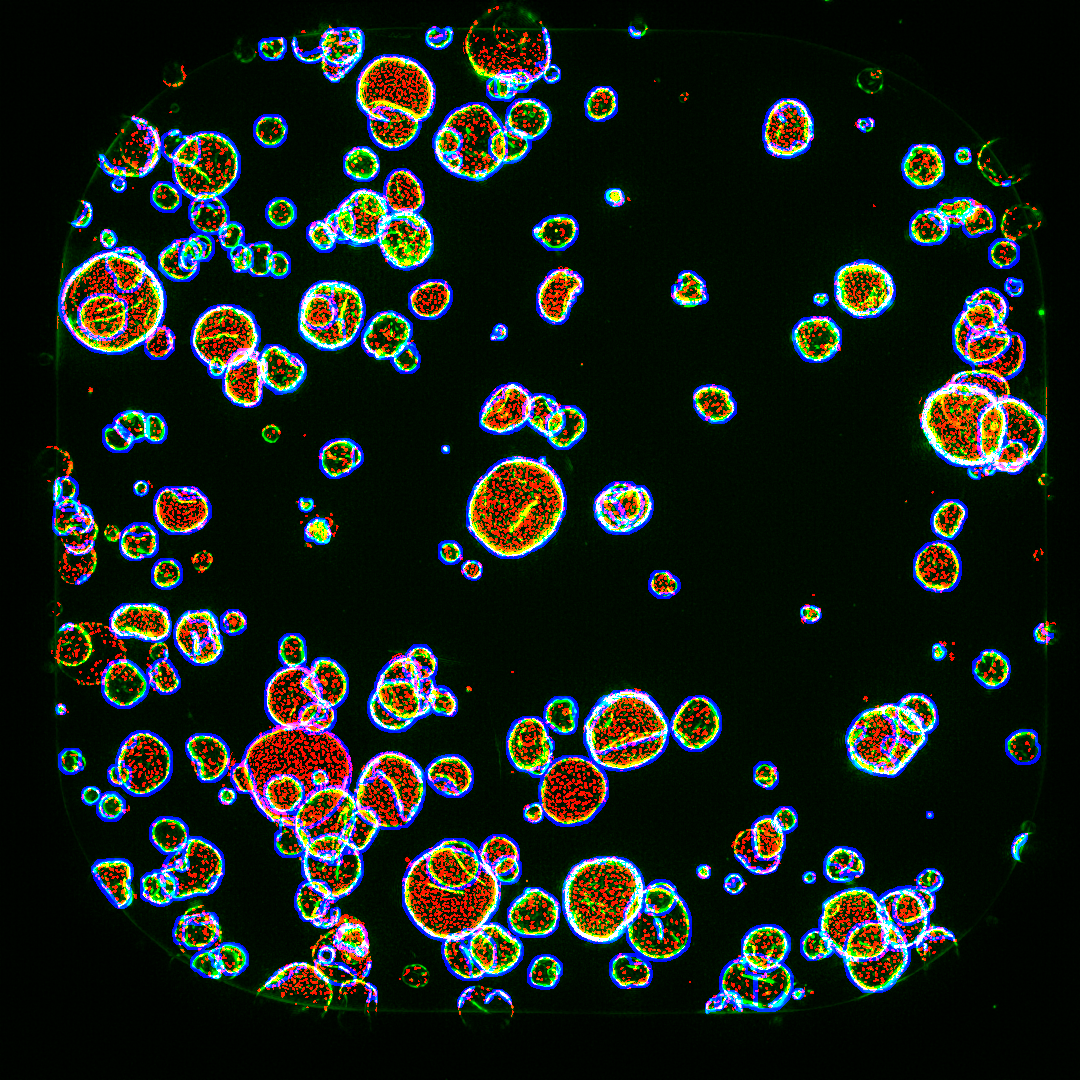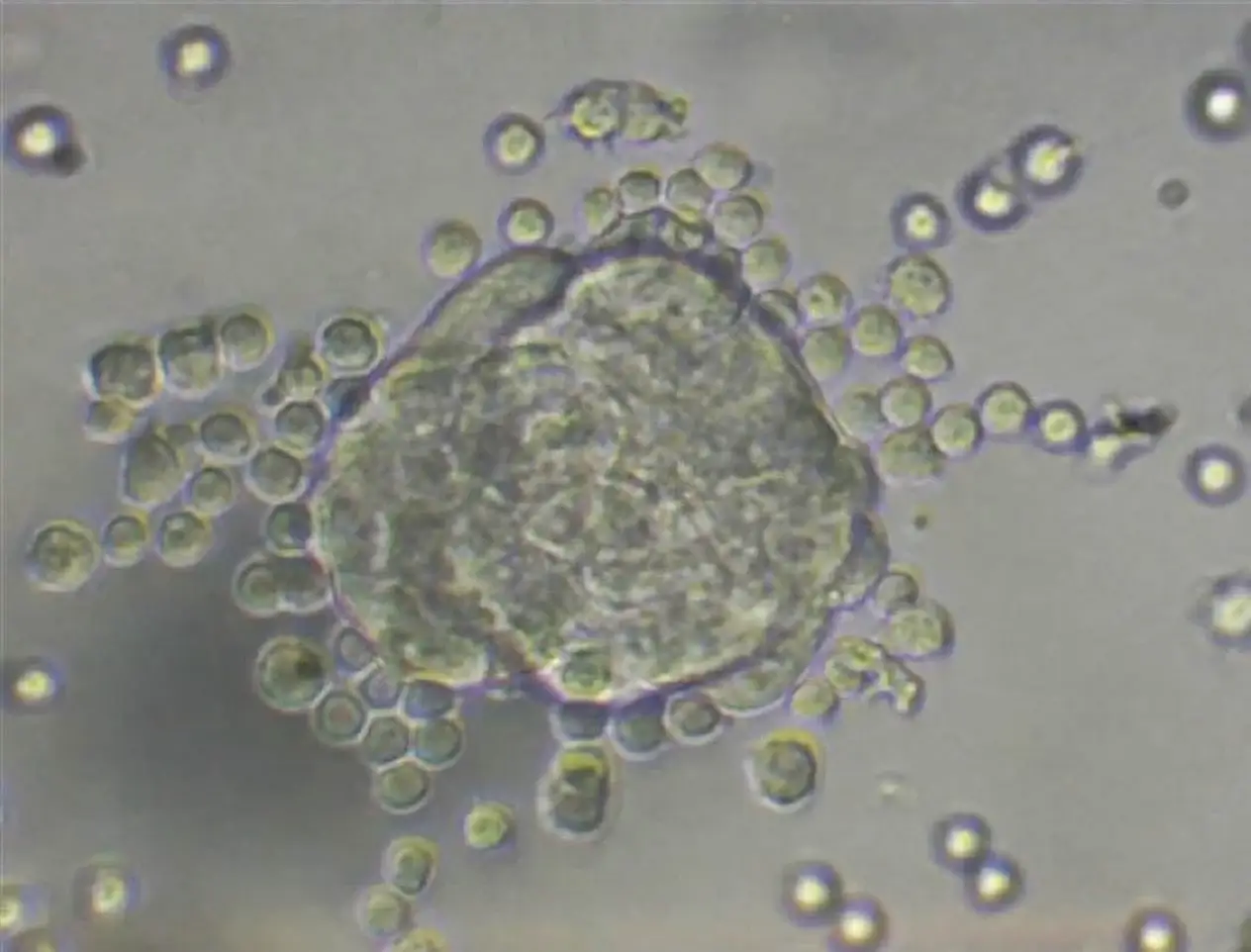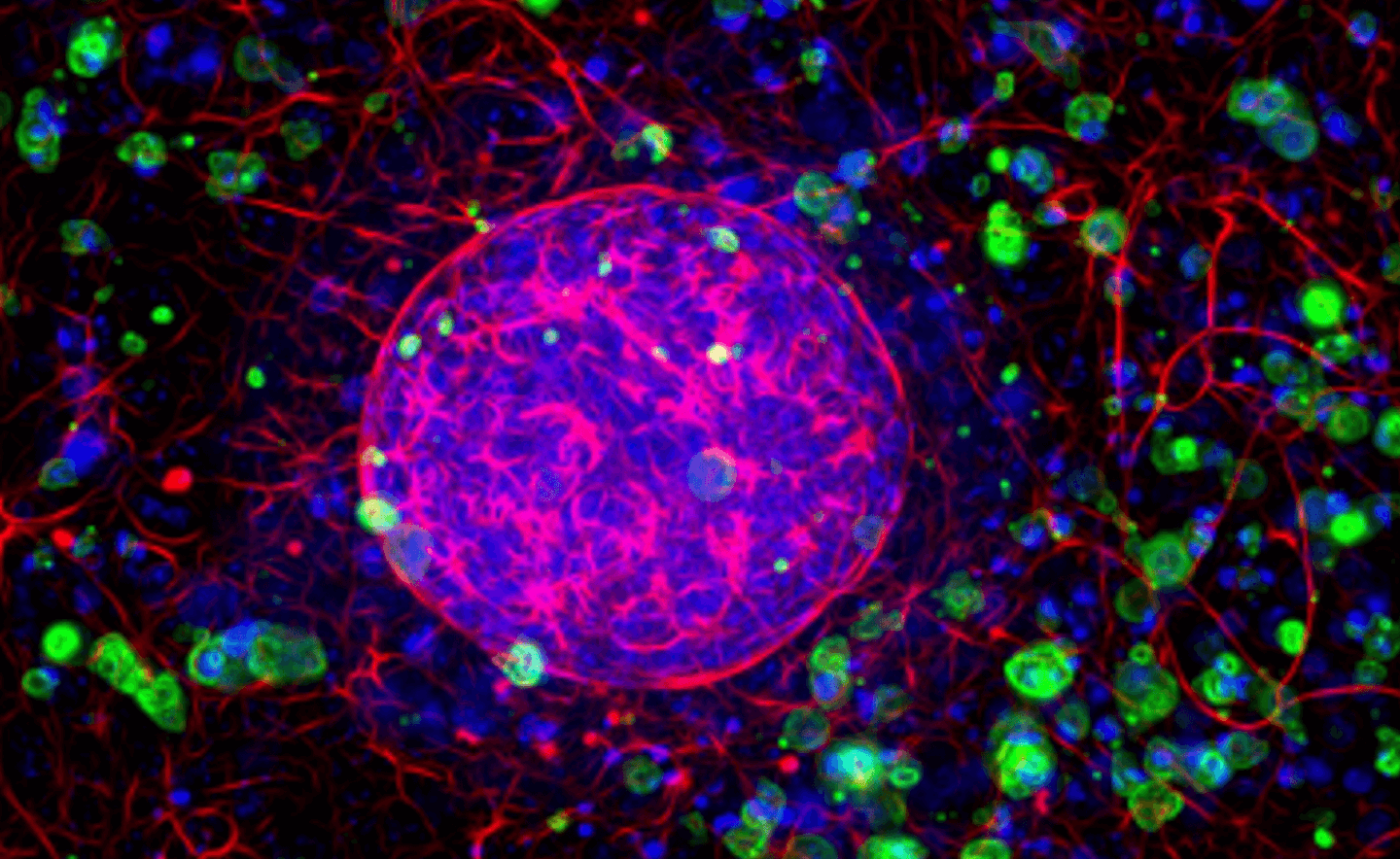This article originally appeared on Labiotech.eu in July 2022 and is written by Alexander Burik.
Large-panel cancer cell line screening can help find the right fit between a specific cancer cell and a therapeutic molecule, leading to the development of effective treatments. How can robust quality control, real-time screening methods, and a set of unique screening panels address current screening challenges?
Human cell lines have been used in drug development for decades. Today, large-panel cancer cell line screening can help identify cancer cell lines that respond to therapeutic compounds. Such screening methods use large quantities of genetically diverse cell lines from various cancer types to test novel drug candidates.
Because of variability between human cancer cell lines, obtaining uniform screening results can pose a challenge. Coordinating screening within designated time frames can be difficult as well.

“Other challenges in preclinical compound screening include cost, genomic instability of cell lines, and demonstrating strong correlation between in vitro and in vivo preclinical screening data with clinical trials,” explained ZhengZheng Bao, Director at Crown Bioscience.
Nevertheless, there are ways in which current screening technologies are addressing these issues.
Staying consistent and meeting deadlines
To ensure screening results between cancer cell types are consistent, robust quality control measures are necessary at every step of the process. Quality control tests take a look at aspects of cancer cell screening like cell line quality, differences between culture media, and variations in incubation times and treatment responses.
“If conditions of cell lines vary, the results can be inconclusive,” said Bao. “The incubation time can lead to differing results as well.”
Quality control measures confirm that screening properties meet the designated criteria, which can help remove outlying results and meet deadlines when screening high numbers of cancer cell lines.
OmniScreenTM, a real-time large-panel cancer cell screening service by Crown Bioscience, draws upon a database of over 500 cancer cell lines, and provides clients with weekly updates on a drug candidate’s effectiveness.
“In the OmniScreen process, we first divide cells based on cancer type. After one to two weeks, we determine whether the cells are reaching the desired cell count and viability,” said Bao.
OmniScreen can test cell lines from over 18 different cancer types, including lung, blood, breast, and liver cancers, found in a high quality cell bank within an easily searchable online database. To pass OmniScreen’s quality control, cells need to fulfill 80%–90% of Crown Bioscience’s testing criteria. After passing the testing criteria, the drug candidate compound can be added to the cancer cells.
Reducing costs and increasing screening efficiency
Scanning large numbers of cancer cell lines can be costly. To cut costs, OmniScreen runs its screens on a fixed three month schedule, screening multiple drug candidate compounds simultaneously.
And because the overall aim of cancer cell screening is to provide patients with targeted and more effective treatments, screening results from in vitro cell lines must maintain clear relevance to in vivo models and real-life clinical settings.
OmniScreen addresses this by drawing upon historical data from over 100 studies, allowing informed predictions on cell line growth parameters and responses to specific drug candidates based on how specific cell lines previously responded to drug candidates.
“Well-characterized cancer cell lines at the molecular level are essential for developing effective anti-cancer drugs,” Bao added. “OmniScreen provides just that — well-defined cell lines with full genetic information.”
Real-time results
Providing clients with a real-time readout of OmniScreen’s results is one of the technology’s distinguishing features. Clients can see screening results as they become available, adapting the experiments to optimize final results based on incoming data.
The flexibility in OmniScreen’s study design options means clients can set up different culture media, candidate compound concentrations, incubation times, and cell seeding options to fit their individual needs.
“Real-time screening means OmniScreen can adjust parameters as soon as a need is identified,” Bao explained.
“Together with our bioinformatics team, we can revise the experimental design by adjusting the number and types of cancer cell lines used, for example,” Bao elaborated. “This would be more difficult and time-consuming without real-time screening.”

OmniScreen: Crown Bioscience’s Large-Scale Cell Line Screening Panel Platform
Focused screening panels
OmniScreen — a master panel — increases screening efficiency further by using sub panels, which group cell lines together based on certain characteristics.
“We have different sub panels, such as the XenoSelectTM and RNASeq Panels,” said Bao. “XenoSelect is made of in vivo validated cell lines, which enable clients to move straight from in vitro to in vivo studies using the same cells. RNASeq allows clients to select cell lines based on genomic data.”
To customize their project, clients can choose from between 50 to 500 cell lines from the master panel to meet their individual needs.
Forward projections
In the future, bioinformatic approaches could make large-panel cancer cell line screening faster and more efficient. Bioinformatics shows particular potential in identifying biomarkers that indicate responsiveness to a cancer drug, which could help personalize cancer treatments.
“Computational approaches can improve prediction accuracy for drug-cell line interactions,” explained Bao. “For example, Crown Bioscience is developing computational analysis of a composite biomarker made of 14 genes that can correctly predict the response of 85% of cell lines in a validation test.”
Most cancer cell screening methods today are 2D, where cells are cultured on flat plastic surfaces. Crown Bioscience offers 3D screening capabilities in their panel as well, which involves culturing cancer cells on 3D scaffolds. 3D screening mimics in vivo conditions more closely than can 2D screening, and can be used alone or in combination with current standard screening methods.
Innovations in bioinformatic analysis, improvements in real-time screening, and sophisticated cell culturing methods make OmniScreen an invaluable asset for cancer cell screening and drug discovery.
What does OmniScreenTM have to offer?
Learn more about our innovative screening services.







